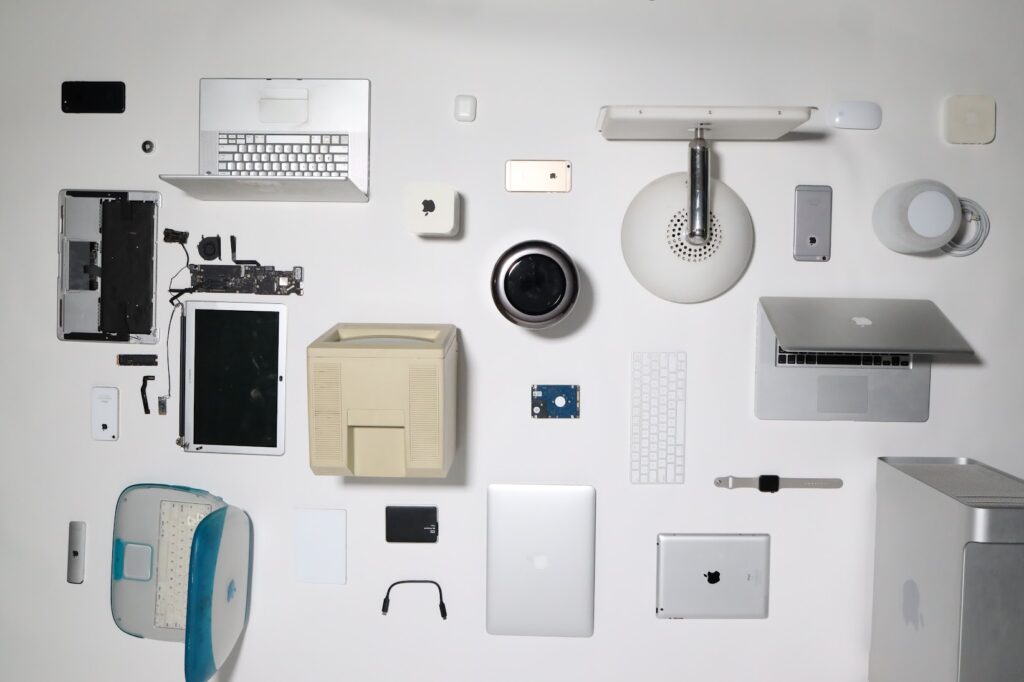In today’s digital age, our reliance on computers is more significant than ever. Whether for work, entertainment, or staying connected with loved ones, a malfunctioning computer can disrupt our daily lives. When faced with technical issues, the ability to troubleshoot effectively can save you time, money, and frustration. In this blog post, we’ll explore the top five ways to troubleshoot your computer, covering both Windows and Mac systems, and bring them back to life.

Identify the Problem: Before diving into any solutions, it’s crucial to identify the root cause of the issue. Pay attention to error messages, unexpected behavior, or any recent changes to your system. This information will guide your troubleshooting process. Check for hardware and software changes, recent updates, or new installations that might be causing conflicts. Understanding the problem is the first step towards finding a solution.
Restart Your Computer: The age-old advice of turning it off and on again holds true for a reason. Restarting your computer can resolve a variety of issues by clearing temporary files, resetting configurations, and closing background processes. It’s a simple yet powerful troubleshooting step that can often fix minor glitches. If your computer has frozen or is unresponsive, a forced restart by holding down the power button may be necessary.
Run System Diagnostics: Most operating systems come equipped with built-in diagnostic tools that can help identify and fix common issues. For Windows users, tools like System File Checker (SFC) and Check Disk (CHKDSK) can scan and repair corrupted system files or disk errors. Mac users can utilize Disk Utility to verify and repair disk permissions. Running these diagnostics can address underlying problems that may be impacting your computer’s performance.
Check for Malware and Viruses: Malware and viruses can wreak havoc on your computer’s functionality. Regularly scan your system using reputable antivirus software to detect and remove malicious programs. Be cautious when downloading files or clicking on links, as these can be sources of infections. Keep your antivirus software and operating system updated to ensure you are protected against the latest threats.
Update Drivers and Software: Outdated drivers and software can lead to compatibility issues and performance problems. Ensure that your operating system, drivers, and essential software are up to date. Windows users can use the Device Manager to update drivers, while Mac users can access the App Store for software updates. Manufacturers frequently release updates to address bugs, improve performance, and enhance security.

Troubleshooting your computer doesn’t have to be a daunting task. By following these top five strategies, tailored for both Windows and Mac systems, you can address common issues and keep your computer running smoothly. Remember to approach the troubleshooting process methodically, starting with identifying the problem and progressing through each step. In the end, a well-maintained and properly troubleshooted computer ensures a seamless and enjoyable computing experience, regardless of your operating system.

